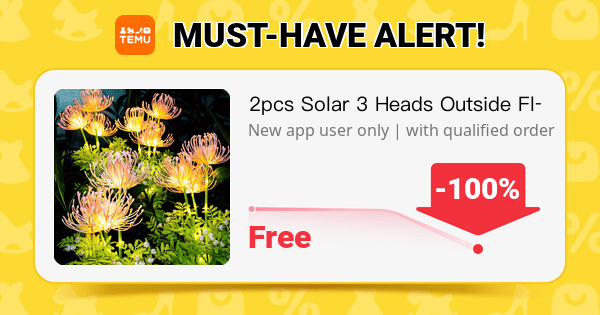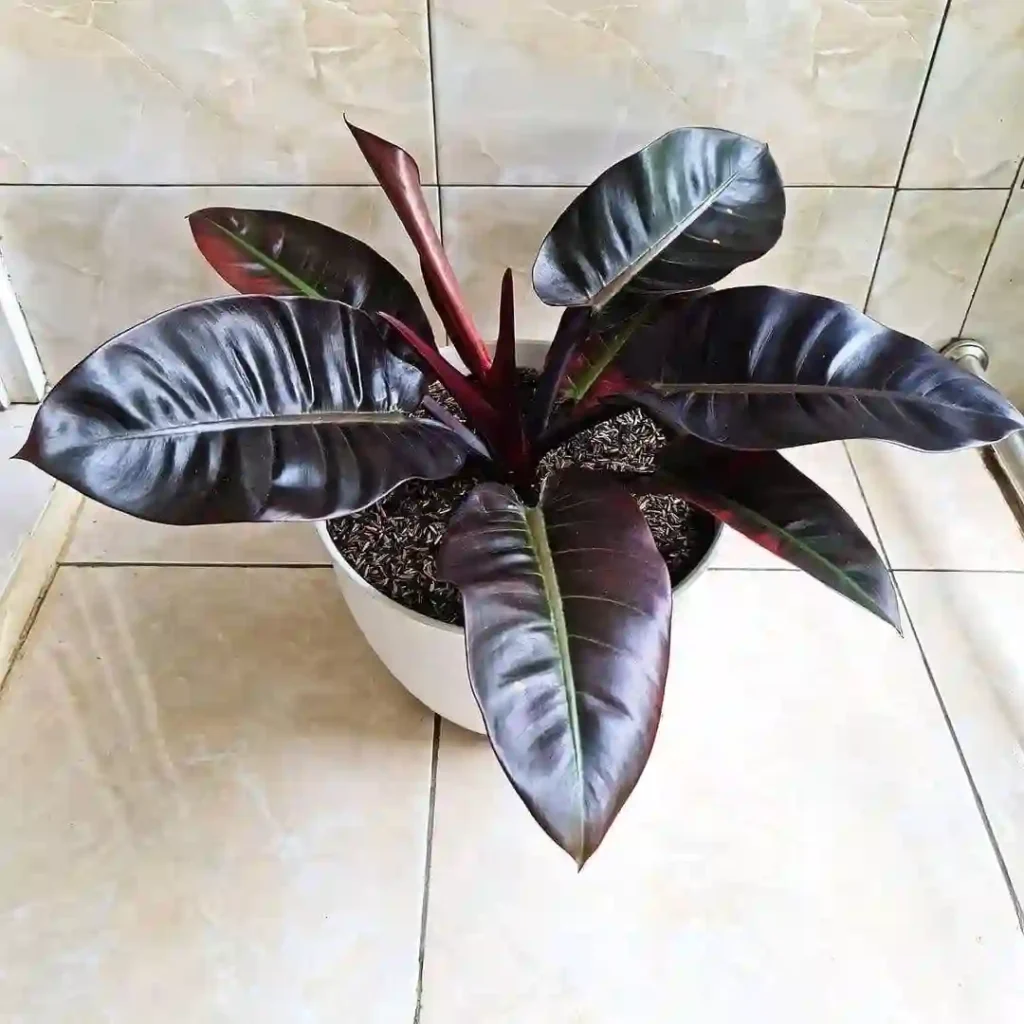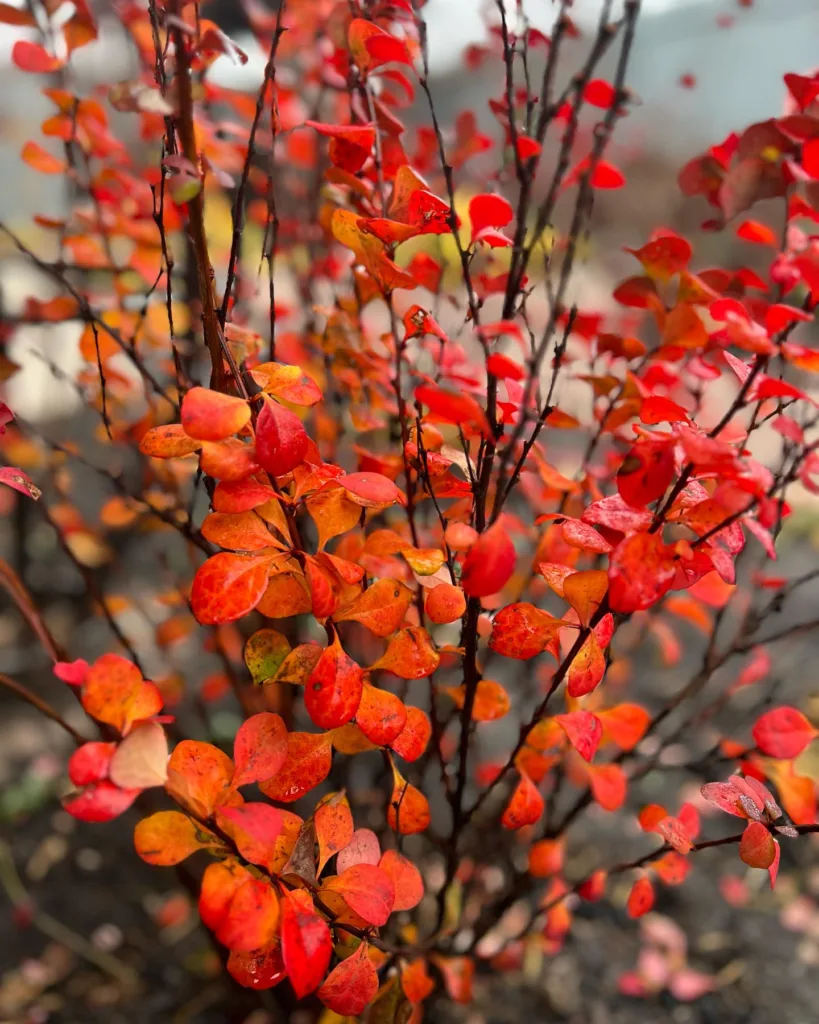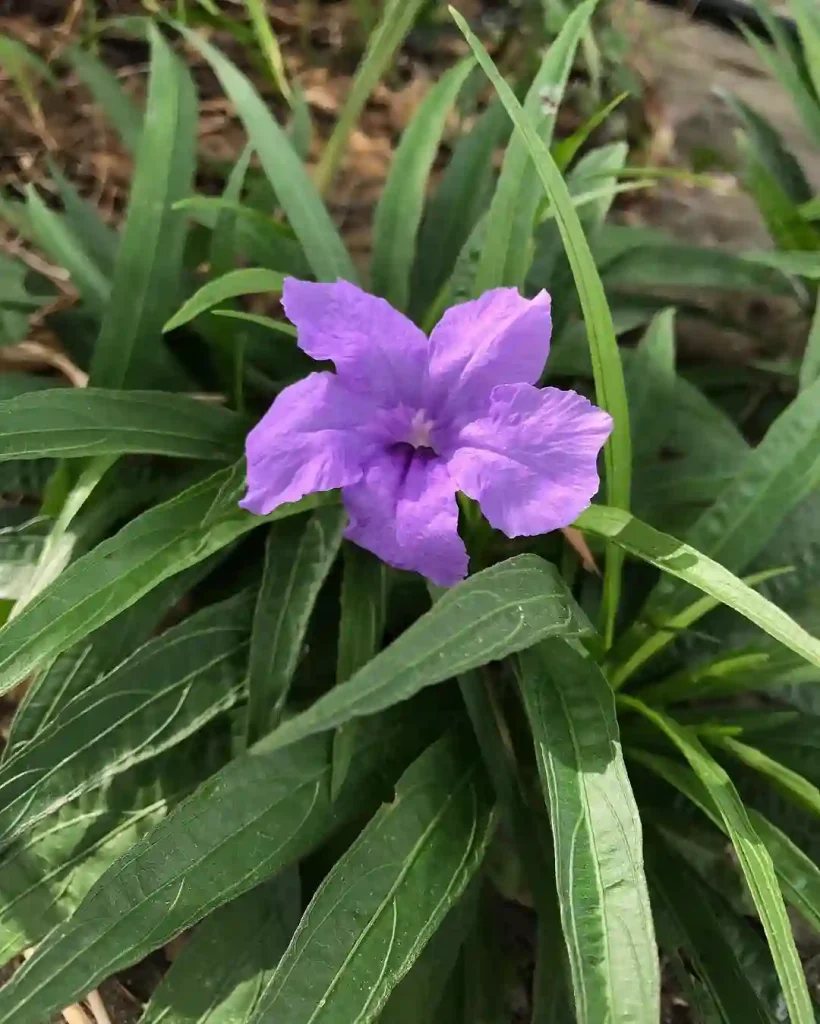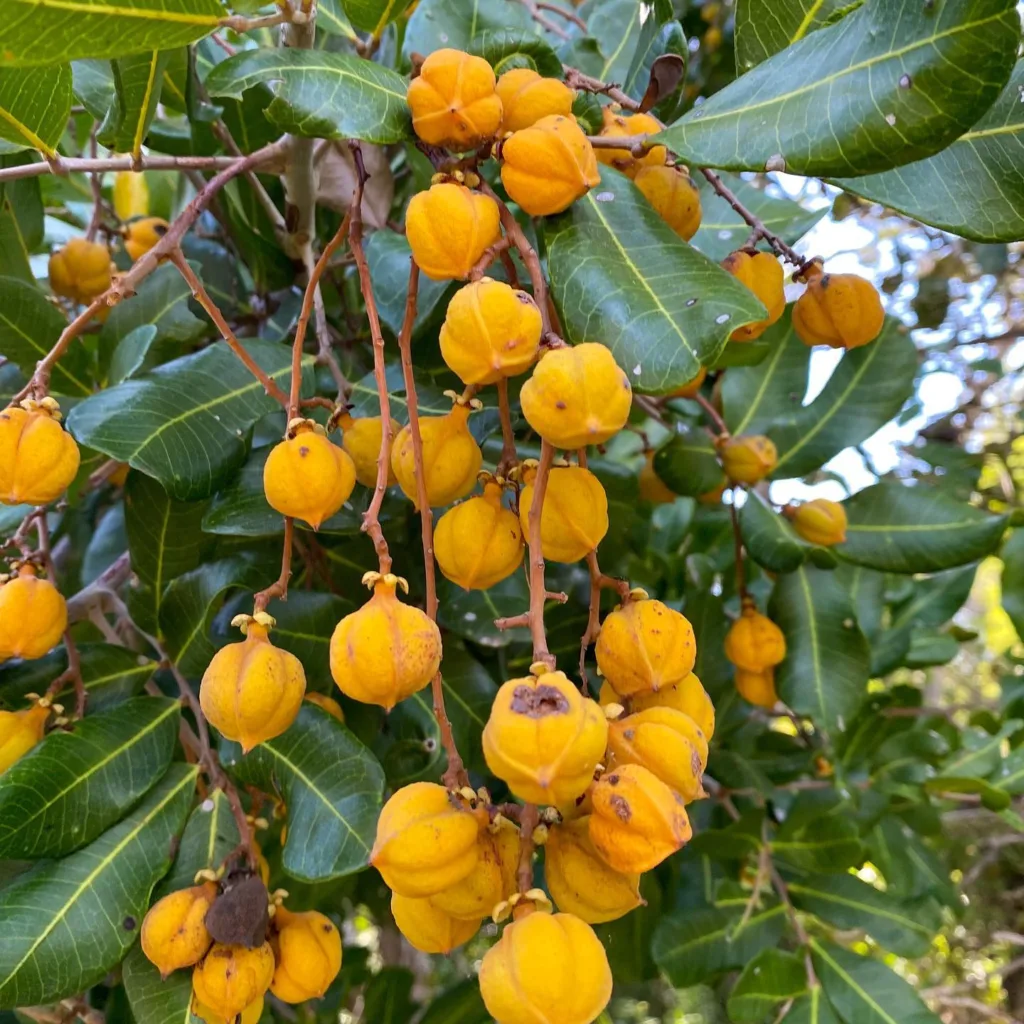Platycerium Wallichii: Frequently Asked Questions
Hey there, Ferb Vu here. I’m a plant enthusiast with a particular fondness for the majestic Platycerium Wallichii, also known as the Staghorn Fern.
This unique fern has captured the hearts of many with its architectural form and lush foliage. But with its exotic origins, it can also raise a few questions. So, I’ve compiled a list of the most common inquiries about the Platycerium Wallichii to help you navigate its care and appreciate its beauty.
What is Platycerium Wallichii?
The Platycerium Wallichii is an epiphytic fern, meaning it grows on other plants in its natural habitat – tropical rainforests. It boasts two distinct types of fronds: sterile shield fronds that hug the mounting surface like a shield, and fertile fronds that rise and unfurl, resembling antlers (hence the nickname “Staghorn”).
Is Platycerium Wallichii difficult to grow?
While not the easiest houseplant, the Platycerium Wallichii is certainly rewarding. It thrives in environments that mimic its rainforest home – warm, humid, with indirect sunlight. The biggest challenge lies in ensuring proper moisture levels – not too wet, not too dry. With a little research and the right approach, you can cultivate a thriving Staghorn Fern.
How do I water a Platycerium Wallichii?
Unlike potted plants, Staghorns don’t like constantly wet roots. The key is to soak them thoroughly and then allow them to dry completely between waterings. The frequency will depend on your climate and the size of your plant. During the growing season (spring and summer), you might need to soak it once or twice a week. In winter, you can reduce watering significantly.
What kind of light does a Platycerium Wallichii need?
Staghorns prefer bright, indirect sunlight. Avoid harsh afternoon sun, which can scorch the fronds. A north-facing window or a spot with filtered light is ideal.
What is the best way to mount a Platycerium Wallichii?
Staghorns don’t need traditional pots. They are typically mounted on a driftwood piece or a cork board. The shield fronds will naturally attach themselves to the mounting surface over time. You can use a wire or fishing line to secure the fern initially until it establishes itself.
How do I fertilize a Platycerium Wallichii?
During the growing season, you can fertilize your Staghorn Fern with a weak, diluted solution of a balanced fertilizer once a month. Avoid over-fertilizing, as it can damage the roots.
What are some common problems with Platycerium Wallichii?
The most common issues with Staghorns are related to improper watering. Overwatering can lead to root rot, while underwatering can cause the fronds to dry out and become crispy.
Staghorns are also susceptible to mealybugs and scale. Regularly inspect your plant and treat infestations promptly with insecticidal soap or neem oil.
Is Platycerium Wallichii similar to other Staghorn Ferns?
Yes, Platycerium Wallichii is one of many species in the Staghorn Fern genus. Some popular relatives include Platycerium bifurcatum (Elkhorn Fern) and Platycerium grande (Large Staghorn Fern). These Staghorns share similar care requirements but may have slight variations in size, frond shape, and texture.
Is Platycerium Wallichii a good air purifier?
Like many ferns, Platycerium Wallichii can help improve air quality by removing pollutants and increasing humidity.
Where can I buy a Platycerium Wallichii?
You can find Staghorn Ferns at specialized plant nurseries, online retailers, or even garden shows.
Conclusion
The Platycerium Wallichii is a unique and captivating plant that can add a touch of the tropics to your home. With a little understanding of its needs and proper care, you can cultivate a thriving Staghorn Fern that will be a conversation starter for years to come.
